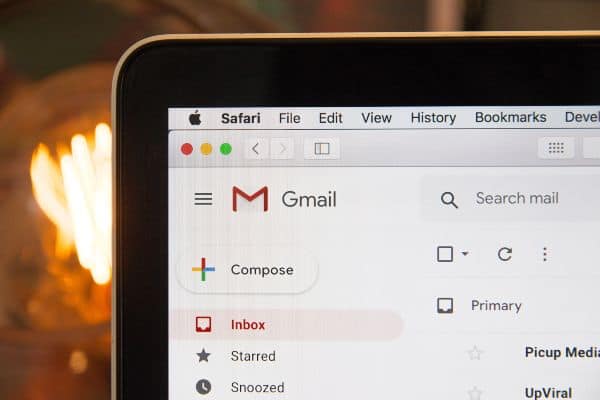When a potential new customer expresses interest in your business, it is a reason to celebrate. Your marketing efforts and your sales outreach have earned someone’s attention. You have a “lead” – someone who raised their hand and showed an interest in your business. However, rarely does an interested potential buyer convert on the spot. Instead, you must keep in touch with your lead through a process known as lead nurturing.

1. Say my name, Say my name
Remember, your “lead” is a person, make them feel important. In most cases, when we collect email addresses for a lead, we also have their name – USE IT! Many of our experts agree that one of the most crucial lead nurturing tips is to provide legitimate value and avoid being too sales-y. Let your potential customers know you care about them and think of them as a person, not a “lead” before you try to pull them through the sales funnel. Introduce yourself and the value you can bring to them, followed by a couple of emails that combine both the power of storytelling and providing reliable content, before finally attempting to sell to them.
2. Valuable Content
What does that even mean? Well, the online consumer no longer wants to deal with blatant advertising attempts. They want a seamless, fast, and entertaining experience across all channels. As we have discussed before, content is king. Your reader wants you to be a really good storyteller, too. Who are you? Why should they trust you? Sounds like a tall order, right? It sort of is. Content marketing requires consistency. It takes time, energy, and money to create successful content. However, if executed properly, the payoff has the potential for huge returns on your investment.
3. Keep it Short
Do you ever feel like your emails aren’t being read? You were sure the recipient would be interested in your message, but nothing came back. Whether you’re emailing your boss, your teammates, your partners, or your subscribers, dead silence is frustrating.
One of the top reasons your email isn’t getting read is because it is too long. In a world that sends 205 billion emails every day, if your emails don’t provide immediate value, your recipients will move along.
- Do not waste the reader’s time.
- Treat the reader’s time as more valuable than your own.
- Assume that your reader is quite impatient and has other things to do.
4. Speak to the Customer’s Problem
Be the guide! Prospects often go shopping because they’re looking for a solution to a specific problem or pain point. When you can provide that solution for them, you’re on your way to making a sale. Therefore, one of your marketing goals should be to provide ample information that proves to prospects that your product is the best choice for alleviating their pain points.
5. Segment Your Emails
Organizing your prospects by their unique preferences helps you tailor your message to their needs. It’s kind of like getting your mom her favorite flower for Mother’s Day, it shows you care, and you can be trusted. For prospects, sending messaging that fits them like a glove keeps them engaged with you until they are ready to buy.
6. Use a Compelling Call to Action (CTA)
The best CTAs are more than just a bright button with catchy text. The reality is that every element of your email contributes to making the CTA work. A successful CTA does not function independently. Instead, CTAs work more like the climax of a compelling story – the CTA doesn’t work unless the other parts of the story build up enough interest.
